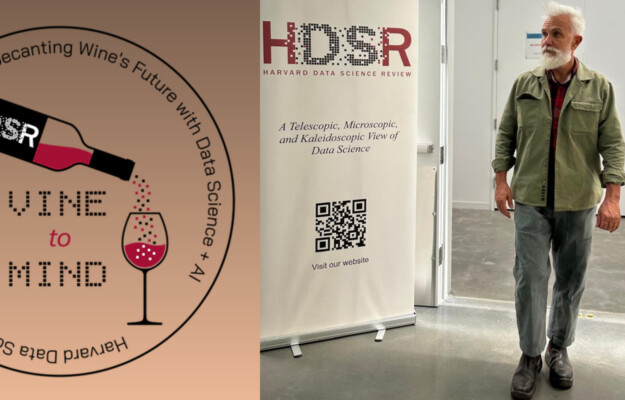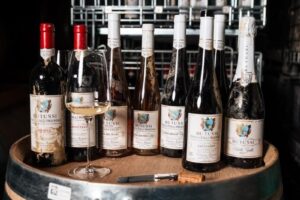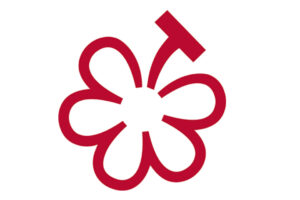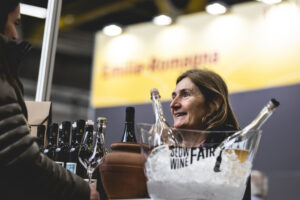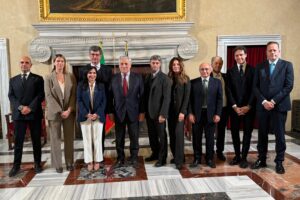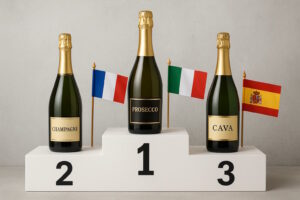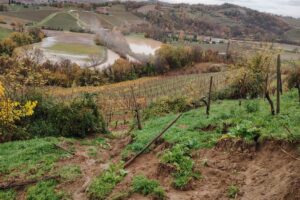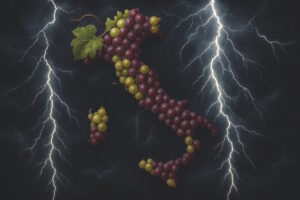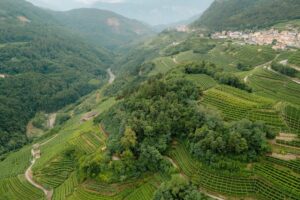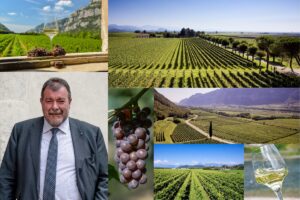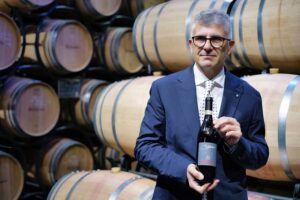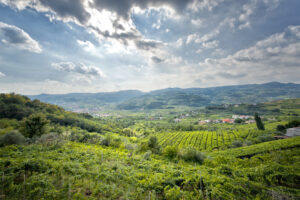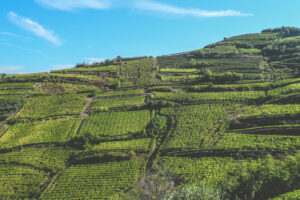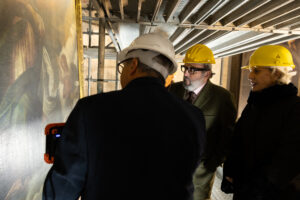Marco Simonit created, together with Pierpaolo Sirch, the “Simonit & Sirch Vine Master Pruners”, whose pruning methods and many initiatives have become a point of reference, worldwide. From taking care of the vineyards of many of the most prestigious companies in Italy and around the world (such as, Château d’Yquem, Château Latour, Château Angelus, Domaines Leroy, Hennessy and Louis Roederer, Biondi Santi, Ferrari, Bellavista, Feudi of San Gregorio, Alois Lageder, Bellavista, Sella & Mosca and Allegrini, among the more than 150 names), to “lecturer” in one of the most illustrious Universities in the world, Harvard, is not actually just a short step. Marco Simonit, however, accomplished the endeavor, and was one of the lecturers at the “Vine to Mind: Decanting Wine’s Future with Data Science & AI”, symposium, which brought together experts at Harvard University, on the Boston campus (one of three of the historic American University, as well as Cambridge and Allston, in Massachusetts), luminaries in the wine world, pioneering minds in the world of research and managers of large wineries.
The event was organized in collaboration with the “Journal of Wine Economics”, to celebrate the 5th anniversary of the HDSR (Harvard Data Science Review). It had a dual mission; that is, first, to analyze the combination of oenological traditions and the dynamism of contemporary Data Science and Artificial Intelligence technologies, and second, also to design the future of viticulture through intuitions, innovations and collaborations based on Data Science. Prominent international figures from various fields took part in the symposium, including Orley Ashenfelter, president of the American Association of Wine Economists, Laura Catena, CEO of Bodega Catena Zapata, Jeffrey Meisel vice president and CEO of Constellation Brands, Michael Silacci winemaker of Opus One, Mark Sahn CFO di Gallo, Saskia de Rothschild CEO and General Manager of Château Lafite Rothschild.
The symposium was divided into two sessions. The opening speakers were Xiao-Li Meng, founder and Editor-in-Chief of the Harvard Data Science Review, Francesca Dominici, Director of the Harvard Data Science Initiative Faculty, and Donald St. Pierre, co-founder and president of AdaptEdge. The first session, “ Data Science-Driven and AI-Enhanced Wine Economics”, explored how wine producers and distributors will be able to leverage the wealth of data and AI tools to gain deep insights into consumer behaviors and preferences, evaluate the effects of regulations and public policies, refine their marketing strategies and improve wine economy effectively and responsibly. Marco Simonit opened the second session, which was dedicated to “Climate and Grapes”, and he addressed the question of how, in a world where climate change continually redraws borders, Data Science will be the compass to guide the evolution of viticulture. His lecture was dedicated to vineyard design in the face of climate change, which attracted considerable interest.
“Climate change has become”, Marco Simonit explained, “a relevant topic in the past few years. We knew that we would have to face new challenges in many aspects of our lives, but we believed that it would be a problem for the next generations. However, we have recently realized that climate change is here now. We can see it, and we experience its effects every day. The effects of climate change (average temperatures rising, extreme events such as drought, heat spells, violent storms…), are more and more frequently causing effects on the main wine-growing districts around the world. In order to avoid these problems, we need to find new viticultural areas”, he specified, “so, we have focused on two points that we consider essential. First of all, in the northern hemisphere, considering that vine cultivation shifting north is already underway, we need to search for new wine districts in cooler areas. And then, what we could call “High altitude viticulture”, or in other words planting vineyards at higher altitudes. In this context”, Simonit concluded, “it is useful to promote plants that are resilient to climatic variables. On one hand, we must preserve the efficiency of the water conduction system in the plants and improve the reserves in the wood, while on the other hand, manage shoots and bunches in compliance with the rules that guarantee the vigor of the plant. Planting densities should be reconsidered, in order to reduce water/resources usage, and have sufficient space for plant architecture development. We need to design dynamic architectures, which can be developed and modified based on the life of the plant. They will form the backbone of the shoots and bunches and therefore will become the key point to adapting the plants to their terroir”.
Copyright © 2000/2025
Contatti: info@winenews.it
Seguici anche su Twitter: @WineNewsIt
Seguici anche su Facebook: @winenewsit
Questo articolo è tratto dall'archivio di WineNews - Tutti i diritti riservati - Copyright © 2000/2025










